This is a nasty, but fortunately, relatively uncommon disease. One of the reasons distemper is uncommon (other than routine vaccination) is that the virus does not survive long outside the body (unlike parvo). Distemper virus is easily inactivated by routine disinfection and even with inadequate cleaning, only lives 30 minutes to a few hours. Distemper is most common in puppies but adult dogs who have never had any vaccines are certainly susceptible, although they are unlikely to come into contact with the virus unless they enter a contaminated shelter, etc.
Transmission of distemper is typically airborne or via nasal droplets, hence requiring direct dog to dog contact, or contact with very fresh respiratory secretions. Within 3-6 days after infection the puppy will develop a fever which may come and go unnoticed. Days later, as the virus attacks the respiratory tract other signs will appear including nasal and ocular discharge, cough, and pneumonia. The virus then moves on to the GI tract causing vomiting and diarrhea.
The virus can then move on and hide out in the skin and central nervous system for varying amounts of time. This can cause hyperkeratosis (hardening) of the foot pads. But worse, it can cause neurologic signs, even weeks after appearing to have recovered from the initial symptoms. Neurologic signs include, but are not limited to, seizures, tremors, convulsions, "chewing gum" fits, weakness and imbalance. These can be progressive to the point of death or warranting euthanasia or they may be non-progressive but permanent. Sometimes recovery is possible even at this stage.
The extent and severity of disease is determined by the puppy's immune response. A strong immune response will clear the virus before severe signs develop and the puppy will be fully recovered within 2 weeks. A weak or failed immune response allows the virus to reach the epithelial cells which line many organs and tissues including the nervous system. This phenomenon accounts for the wide variety of clinical presentations with some pups only having a few mild respiratory signs and some progressing to seizure and death within weeks.
To compound the complexity of this devastating disease, there is no good way to make a definitive diagnosis. Unlike Parvo, there is no quick and easy in-house test to perform. Even the tests that can be sent out to laboratories can be inconclusive because vaccination will often interfere providing a false positive. Because many of these puppies come from shelters or pet stores they were often vaccinated at least once-just not in time to prevent infection, instead it interferes with diagnosis!
Treatment, as with most viral diseases is aimed at controlling the clinical signs and secondary infections. Prevention, luckily, is pretty simple. Routine vaccination every 2-4 weeks from eight week of age until 16 weeks of age is the general protocol. Vaccine failures are likely for similar reasons as parvo-damaged vaccine, non-responding animal etc.
Unlike parvo, distemper can leave some tong term effects on dogs. As mentioned, some will have permanent neurologic defects that may affect their quality of life, or require long term medical management. Also, because the virus attacks epithelial cells the developing teeth of a puppy can be affected leaving them with enamel lesions when their permanent teeth erupt. Finally, some recovered dogs harbor the virus in their central nervous system for years, only to break with "old dog encephalitis" years later. It is not well understood why these dogs suddenly present with neurologic signs so many years after recovery.
Distemper is shed in body secretions for 2-3 months post recovery and suspected cases should be isolated from other susceptible animals during this time.
Following puppyhood vaccines, a booster is usually given one year later and then every 1-3 years depending on the hospital protocol. Every three years is generally considered adequate. The same issues with with titers exist as with parvo. Some immunology specialists feel that it is not worthwhile to repeat vaccines in a well-vaccinated dog even if it has a low titer. The logic behind this is that they are likely a non-responder and more vaccines will not change this.









.jpg)









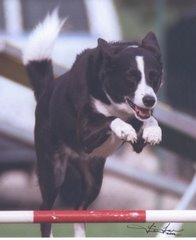
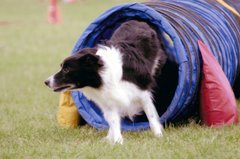
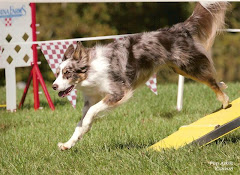.jpg)
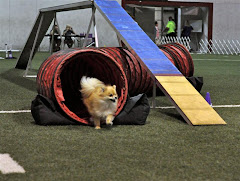.jpg)



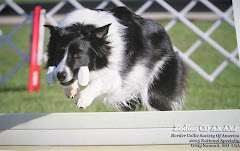.jpg)


